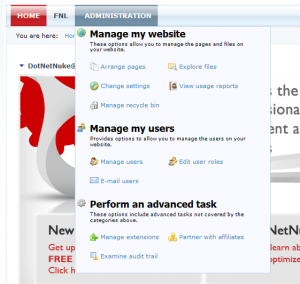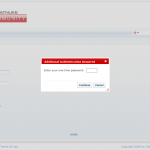Beta Release: DotNetNuke Amazon S3 Folder Integration Providers
I am pleased to announce a beta release of my Amazon S3 integration authorization and data providers. It may be downloaded via CodePlex on its project homepage. As is all of my DotNetNuke work, this project is fully open-source and available under a liberal BSD license.
The DotNetNuke web application framework offers multiple file persistence options out-of-the-box, including file-system storage (both unsecured and secured by ACL), along with ACL-secured database storage. When creating a link to a resource, the DotNetNuke UI provides a convenient list of these files, and also allows direct input of arbitrary URI.
However, there exists no ready method by which an administrator might link to a known set of files persisted external to the installation. While direct URI input might be used here, it requires knowledge of these data, and does not allow for enumeration and management of the external objects themselves.
This project attempts to bridge that gap by integrating resources persisted on the Amazon S3 into the DotNetNuke framework. Resources stored there are enumerable via the File Manager and selectable via the URL control. Throughout the core framework, these external resources are treated identically to database-secured resources, including observance of Amazon S3 ACL, automatic synchronization, and (reasonably friendly) 301 Redirects to the Amazon S3 when accessed via LinkClick.aspx.
This is effectuated via customization of two providers: authorization and data. The authorization provider integrates Amazon S3 ACLs for external resources, and the data provider allows enumeration of and details about the external resources themselves.



